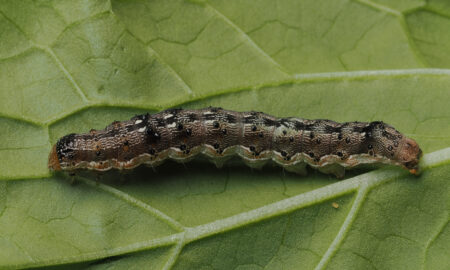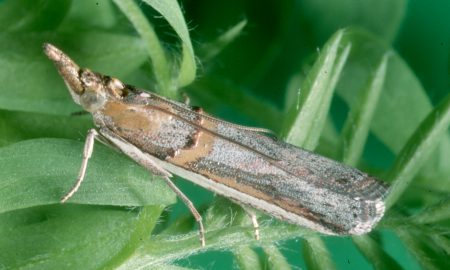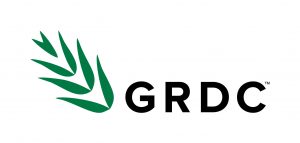Key takeaway: A warm, dry autumn is likely to delay the hatching of redlegged earth mite over-summering eggs in several southeastern regions of Australia.
Want to get on top of redlegged earth mite (RLEM, Halotydeus destructor) this autumn? It starts with knowing when their over-summering ‘diapause’ eggs will hatch.
If crops have advanced enough before these eggs hatch and/or mite numbers aren’t high enough to cause economic damage, ideally RLEM won’t need chemical intervention.
However, if chemical control is needed, timing is everything. Spray too early before egg hatch, and the tough diapause eggs will not be affected. Spray too late after egg hatch, and the mites will reach adulthood and start laying winter eggs.
In southeastern Australia, diapause eggs will typically hatch after 5 mm of rain over 5 days, followed by 10 days of mean temperatures below 16 degrees Celsius.
Researchers at Cesar Australia made an online tool that predicts the hatch dates of diapause eggs in autumn for the current season in a user-specified area. With real-time weather data from the current growing season and historical data from the past 25 years, it estimates the timing of peak egg hatch in your region.
This usually occurs around April to May, but as many cropping regions of Victoria and southern NSW have experienced a warmer and drier March and April, egg hatch is forecasted to be later than usual.
At the time of writing this article, rainfall and temperature conditions have not been met in many southeastern cropping regions such as Birchip, Wagga Wagga, Hamilton and Albury.
Keep track of forecasted egg hatch dates for your region with the ‘Redlegged earth mite hatch timing tool’.
Learn more about the redlegged earth mite
Redlegged Earth Mite Best Management Practice Guide
Cover image: Photo by Andrew Weeks, Cesar Australia





